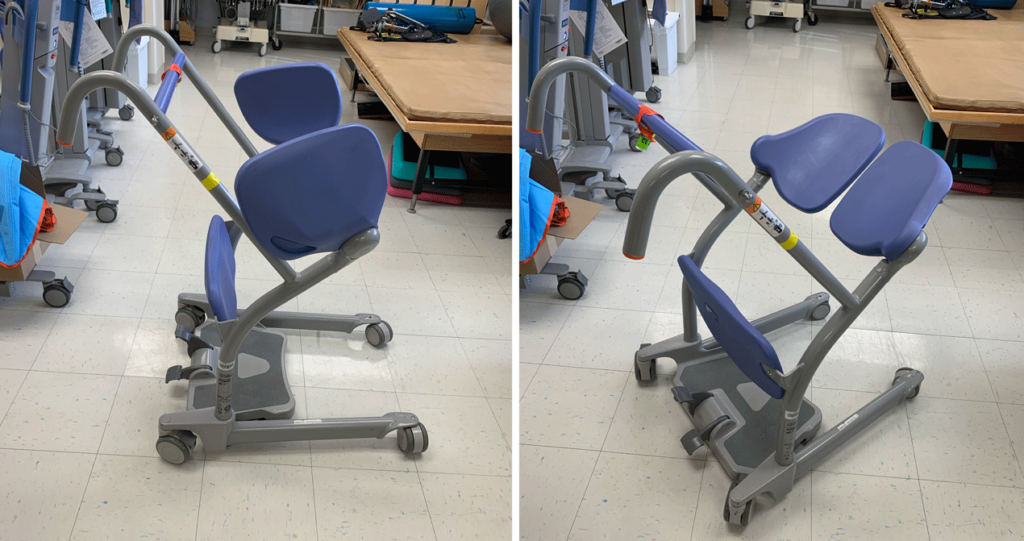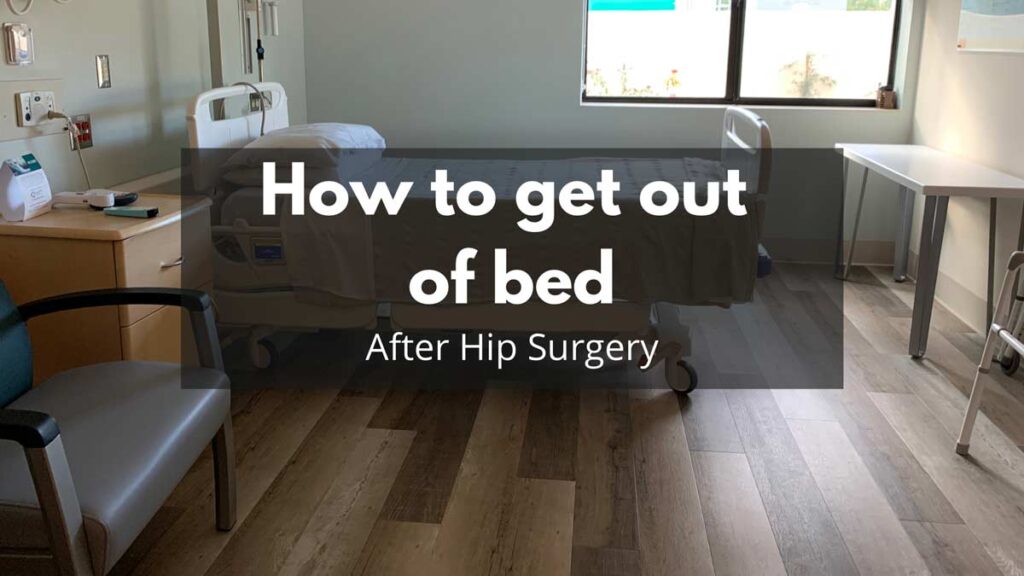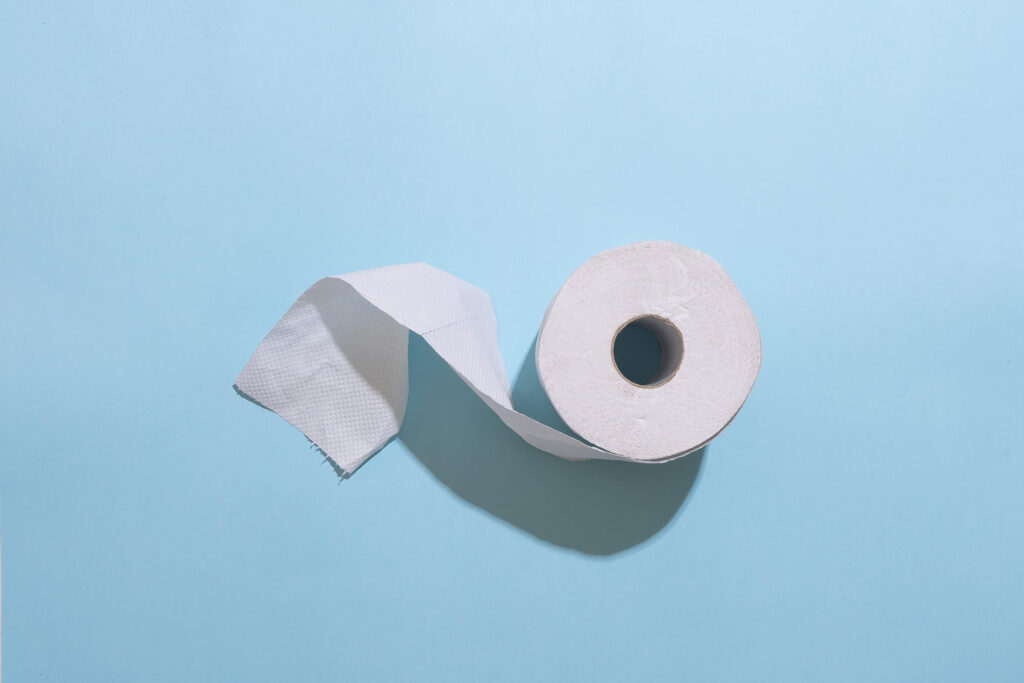One of the biggest challenges patients and caregivers face after hip surgery is getting out of bed, because of the level of assistance needed to help these patients.
The easiest way to get ouf of bed after hip surgery is by using pillows and sheets to increase lift to a greater surface area.
For bariatric patients, I recommend using this technique in combination with specific hospital bed settings.
In this article, I’ll share a few ways to make it easier to get out of bed after hip surgery.
Disclaimer: Before attempting these techniques, you should always practice with a licensed therapist.
How to mobilize patients in bed
One of the best ways to help patients with bed mobility is by increasing your surface area to the area that needs to be moved. For example, if a patient needs to roll side to side, use a sheet under the patient and pull the sheet rather than the patient’s arms and legs.
This will not only be more comfortable for the patient, but it will reduce risk of injury for you and your patient. The same goes for helping patients get out of bed. Using a pillow under the affected leg will create a greater surface area rather than pulling the legs with your hands. I’ll describe this more in the steps below.
Use a hospital bed
After hip surgery, one of the easiest ways to help patients and caregivers is by using a hospital bed.
If possible, raise the bed to the caregiver’s arm level, and position the bed in slight trendelenburg with the head of the bed raised.
With this bed position, you’re halfway there.
Next, lift one leg at a time by lifting each end of the pillow. Have the patient reach for the bed rail and bring both legs off the bed using both pillows.
Next, use a sheet under the patient and two pillows. The sheet should be placed under the patient from their shoulders to their knees. Pillows should also be placed under both legs. I usually place them below their knees.
If both legs are too heavy, you may need a mechanical lift.
The patients legs should be slightly hanging off the bed with their head resting on the bed.
Have them pushup from the rail as you grab the sheet behind their shoulders to pull them upright. Lower the bed, so their feet are flat on the floor. If they still don’t have their feet on the floor, try to pull them forward by using the sheet under them.
Be careful not to bend during any of these activities to reduce strain on your back. This should also be done with two people for safety.
Now that they’re upright, do a quick test to see if they are able to stand. They should be able to stay balanced and not leaning toward one side.
If they’re not feeling dizzy, have them put one hand on the walker and the other hand on the bed or bed rail. Use a gait belt if needed.
If they can’t stand you, might want to use a sara stedy. This will also be an easy way to help them transfer to the toilet or wheelchair.

Can you use a recliner after hip surgery?
Most patients can use a recliner after hip surgery, but they may need to first check with their doctor.
If you had a hip replacement with a posterior approach, most doctors will tell you not to bend forward more than 90 degrees, but the latest research doesnt support this.
If you doctor won’t clear you to bend more than 90º, try a power lift recliner, so you don’t need to bend forward.
A recliner can make all the difference for someone recovering from hip surgery. It may not be the most comfortable for every patient, but it completely eliminates the problem of getting out of bed from a flat position.
With a recliner, the patient only needs to be able to stand from a seated position. Some recliners can be difficult to get out of, but other recliners have a lift feature to make standing easier. They’re also much less expensive than hospital beds, but I wouldn’t recommend them to patients who are unable to stand.
Using a mechanical lift
A mechanical lift can be useful for caregivers who are unable to safely assist patients out of bed or for patients who require assistance from two or more people.
A mechanical lift can be expensive, but it may be worth the expense to reduce the cost of injuring the caregiver.
Using the toilet
There’s a lot ways to make toileting easier after a hip surgery. Be sure to read my other article about it here.
Managing pain
Reducing pain after a hip surgery may seem like a never ending battle, but getting out of bed more frequently and sitting upright can make a difference in the long run. One article found that using cryocompression with a game ready machine was able to reduce the use of pain relievers, decrease blood loss, and reduce hospital days.
While these devices were found to be somewhat effective, most users didn’t notice a decrease in pain levels with the game ready. However, recovery times did show improvement.
Conclusion
Getting out of bed after a hip replacement can be a real challenge. Using the right equipment can be helpful and reduce pain. Here are a few summary points.
- Increase surface area to make bed mobility less painful and easier to position
- Consider a power lift recliner
- Use a mechanical lift if mobilizing the patient is unsafe
- Try cryocompression to increase recovery times.
I hope this was helpful. subscribe below to learn more occupational therapy tips.

David is the lead editor of OT Focus. He has been practicing as an Occupational Therapist since 2013. He specializes in acute care, hand therapy, and ergonomics.





